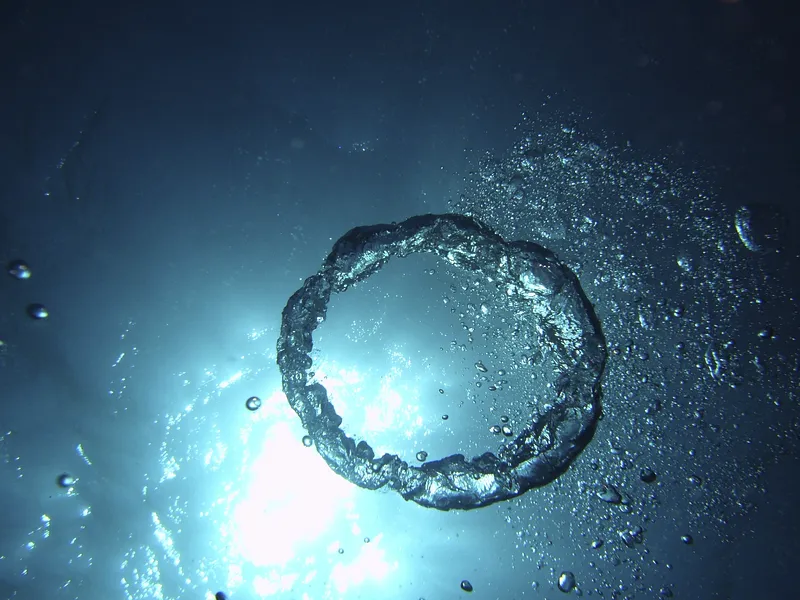Oxygen-ion battery: much cheaper energy storage?
Austrian researchers have developed an oxygen-ion battery that absorbs or emits oxygen during charging and discharging.
Contents
What is an Oxygen-Ion Battery?
As with the lithium-ion battery, the oxygen-ion battery relies on two electrodes, where electrochemical reactions take place. One electrode likes to absorb oxygen gas and convert it into oxygen ions, while the other electrode absorbs oxygen ions and converts it into oxygen gas. When this process takes place, the battery discharges. If you charge the battery correctly, the reverse process will take place.
Cheap raw materials, durable and long lasting
The strong point of this battery is that the electrodes are solid, ceramic materials. That means they last a lot longer than today’s lithium-ion batteries. Another strong point is that the materials they consist of are very common on Earth. Nearly half of the Earth’s crust, and 21 percent of the air, is made up of oxygen. Iron, calcium, titanium, chromium and manganese, the other components, are also very common.
A unique advantage of the oxygen-ion battery is that lost oxygen is automatically replenished through the atmosphere. Lithium has the annoying tendency to undergo all kinds of so-called parasitic reactions at a certain point. As a result, lithium is lost from the active part and the battery eventually breaks down.
These reactions also take place in an oxygen battery, but the lost oxygen is automatically drawn in from the atmosphere through a chemical process.
The researchers measured no deterioration after a thousand charge cycles and therefore dare to assume that the battery will last for hundreds of thousands of charge cycles without degrading.

The disadvantages of the oxygen-ion battery
The main disadvantage of the oxygen-ion battery is its relatively low energy density. For example, 0.140 kilowatt hours are stored per liter. Lithium batteries perform three times as well. So you will not soon find an oxygen-ion battery in your mobile phone, in an e-car or on the back of your electric bicycle. Especially not, because the battery has a high operating temperature. This is between 200 and 300 degrees. So a hopeless, unmanageable thing? Well, that’s a bit more nuanced.
When the disadvantages become less important than the advantages
There are applications of the oxygen-ion battery where it is very important that a battery is affordable, remains in operation for a long time, is not susceptible to failure, is safe and where weight is less important. Then we talk about energy storage in the home, for example, in a Powerwall, or elsewhere in the electricity network. The high operating temperature is then less of a problem, if in return your battery lasts dozens of times longer.
This battery is especially ideal for absorbing the high peaks and troughs during the day and night. For energy storage for the winter you have to think of even cheaper solutions, such as the heat battery. And who knows, it might be possible to circumvent today’s technical limitations, such as the high operating temperature, with a redesign or clever tricks. Then the oxygen-ion battery could turn up in many homes.
Source
Schmid, A., Krammer, M., Fleig, J., Rechargeable Oxide Ion Batteries Based on Mixed Conducting Oxide Electrodes. Adv. Energy Matter.2023, 13, 2203789. https://doi.org/10.1002/aenm.202203789


